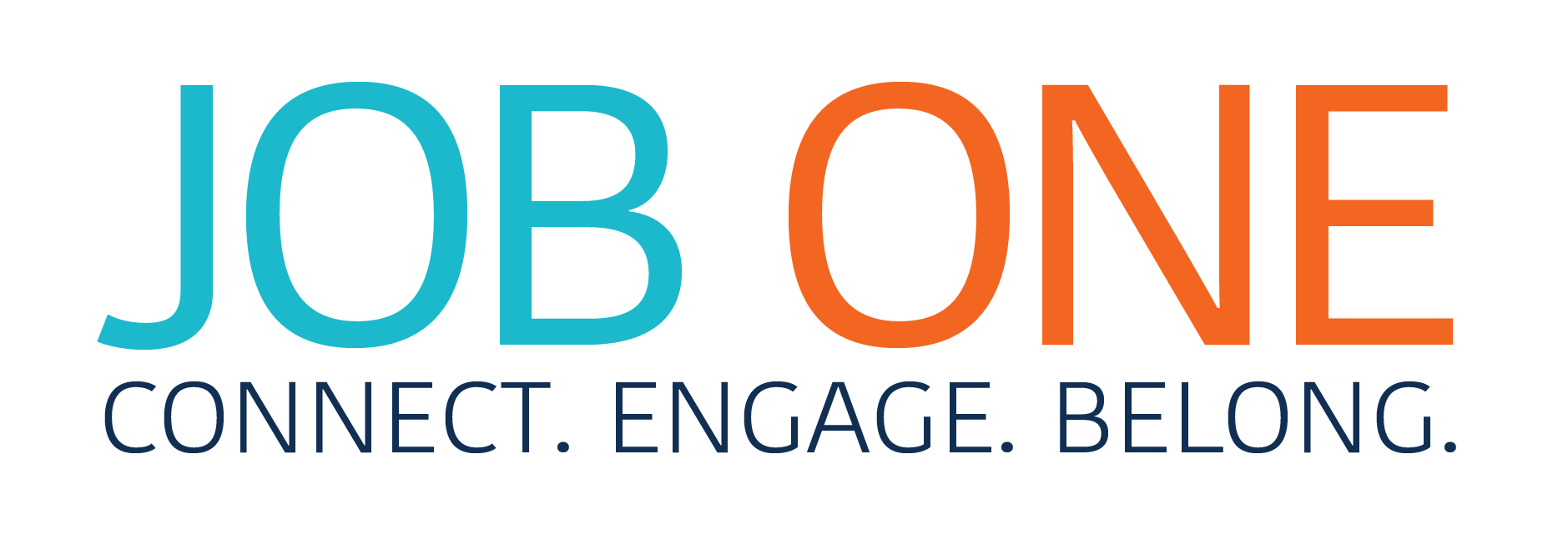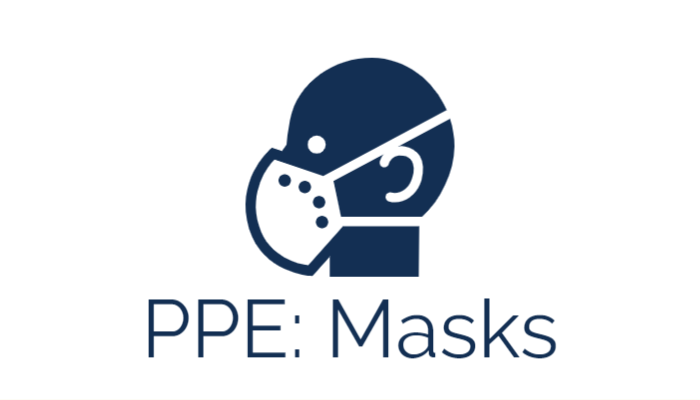Personal Protective Equipment, or PPE, might be a new household term across the nation, but a familiar term at Job One. Our employees are well trained on when and how to use PPE for each task. As masks are required at Job One, and to visit many retail, restaurant, and service locations, let’s review mask wearing best practices.
Tips for Selecting a Face Mask
- Getting the fit right is important when selecting a face mask to ensure proper protection. Your face mask should fit snugly but comfortably against the sides of your face.
- Ensure the top of your mask fits tight and the bottom looser to allow for breathing without restrictions.
- Your face mask should be secured with ties or ear loops.
- Your face mask should include multiple layers of fabric, at least two.
- Cotton is the best fabric for cloth masks; it is considered to have better ventilation and will trap less of the moisture that builds up from breathing and sweating.
- Cloth mask should be machine washable without damaging or changing the shape of the mask.
Precautions to Take Before Wearing Your Face Mask
- Wash your hands before putting on our mask before handling and after using your mask to prevent cross-contamination and germs from spreading to your eyes, mouth, and face.
- Check your mask for tears and holes before wearing your face mask to prevent unwanted germs through.
- Determine which is the front, back, top and bottom of your mask to ensure if fits and works properly.
- Wear your mask often at home to give you time to adapt to wearing a face mask and adjusting it in the most comfortable position before leaving your house. Touching the mask can contaminate the outside of the mask once your touch a shopping cart, for example.
- Use the ties or bands when putting on or removing your face mask. Avoid touching your mask inside or outside, even with clean hands.
How to Care for your Face Mask
- Wash your cloth face mask in hot water, or the warmest water setting available. Sanitizing your mask requires hot water to kill the virus.
- Air dry, or air dry your cloth face mask in the sun, do not put in the dryer. Allow to dry a full day or overnight.
- Be careful where you set your mask to prevent cross-contamination of various surfaces.
- Store your mask in a paper bag rather than in a plastic bag to increase breathability and to reduce infectious growth.
- Avoid wearing your mask in a moist environment or storing/setting it in wet or humid conditions where bacteria can grow.
When Should you Replace your Face Mask
- Your mask does not adequately cover your mouth and nose.
- Your mask is ripped or torn.
- You touched your mask after touching a potentially contaminated surface, and the mask is not washable.
- You touched your mask after coughing or sneezing, and the mask is not washable.
- Your mask is made from only a single layer.
- You recently cared for someone sick.
- You wore your mask while you had Covid-19 symptoms.
Face Masks Can Cause Eyeglasses to Fog Up
When you exhale warm air without wearing a face mask, it dissipates into the atmosphere. When you do it wearing a mask, it tends to shoot straight up into your eyewear, fogging them up. Try the following tips to help prevent fogging:
- Ensure the top of your face mask fits snug and the bottom looser to help direct your exhaled breath away from your eyes.
- Wash your glasses with soapy water, or shaving cream, and allow them to air dry.
- Adjusting the bottom rim of your eyewear to extend over your eyewear will help decrease fog build-up.

